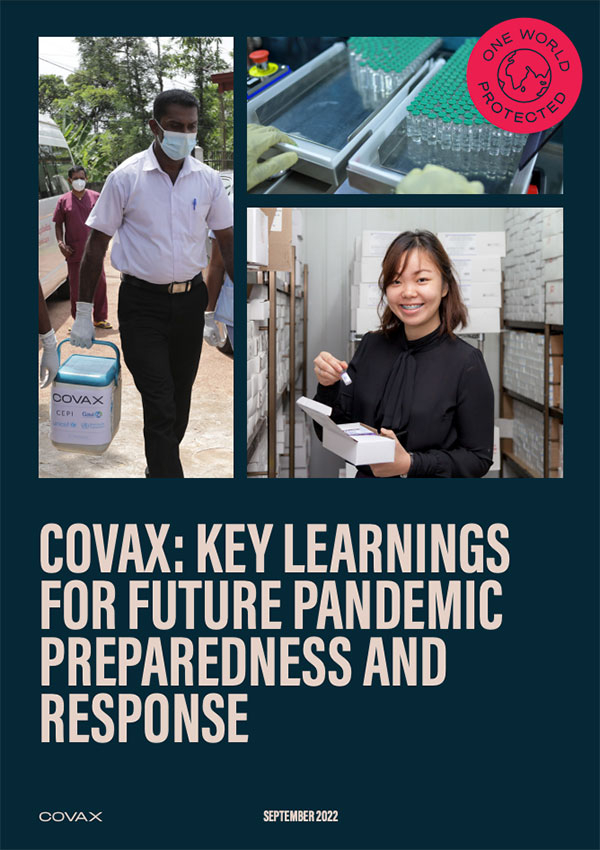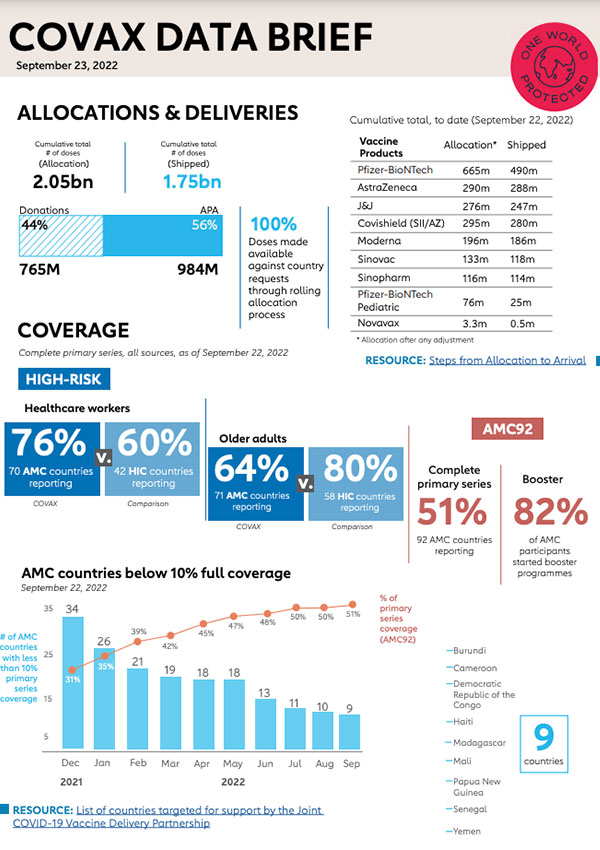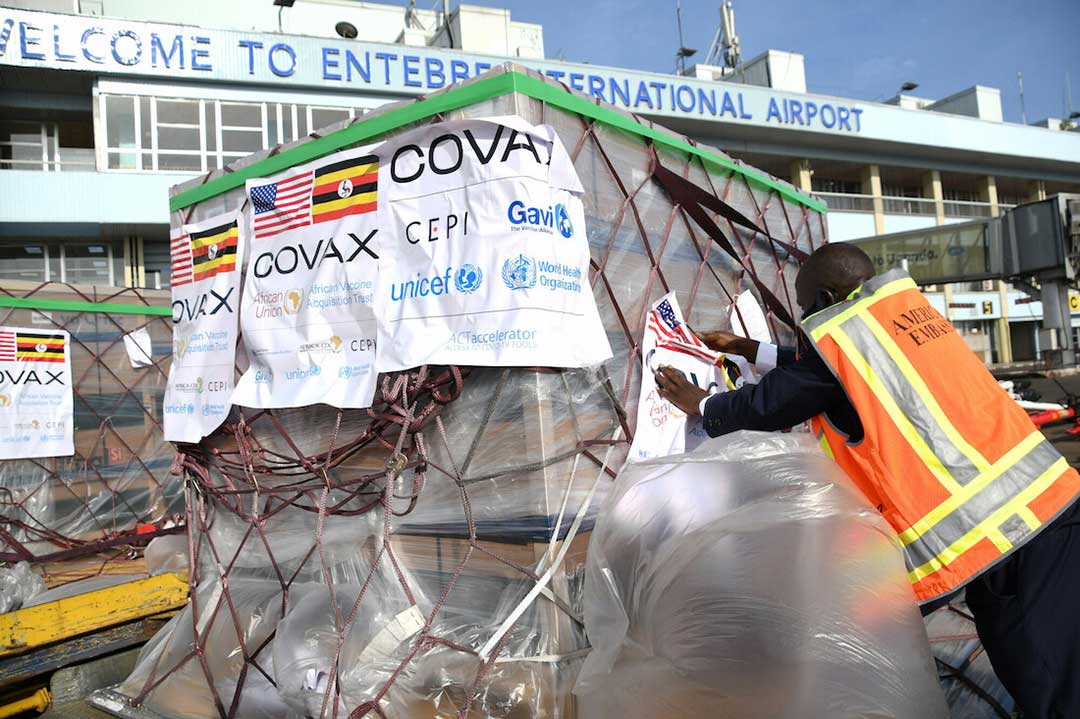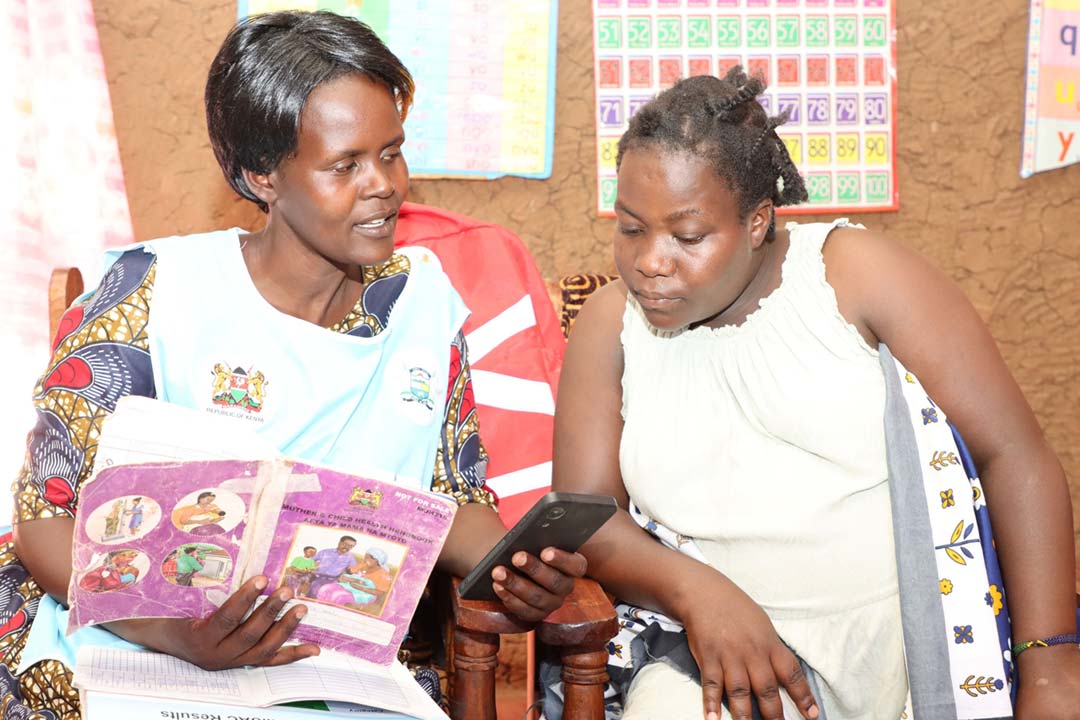5 things to know about COVAX in September 2022
September saw good progress in history’s largest vaccine rollout, with COVID-19 vaccine coverage continuing to increase in lower-income countries and civil society finding its voice. Managing Director of the COVAX Facility, Dr Derrick Sim, gives his verdict.
- 12 October 2022
- 5 min read
- by Derrick Sim

1. The countries furthest behind have increased coverage several times over – and are sharing their experiences to help others
At the beginning of 2022, 34 of the 92 lower-income countries covered by the COVAX Advance Market Commitment (AMC) were below 10% coverage, which stood as a risk in the effort to mitigate COVID-19 deaths and infections, particularly for high-risk populations.
Since January 2022, 25 of the 34 countries have since moved past this milestone – with Burkina Faso and Malawi becoming the latest to do so and Mali set to cross the milestone in the coming weeks. Nearly all 34 countries have more than doubled their coverage rates since January, with some recording a ten or even twenty-fold increase thanks to concerted and targeted efforts by governments, COVAX and partners. Countries such as Côte d’Ivoire, Ethiopia, Solomon Islands, Tanzania and Zambia are at about 30% primary series coverage or above.
At a recent meeting of COVAX AMC participants, Tanzania shared insights into their success at dramatically increasing coverage – helping inform other countries’ efforts to do the same. Tanzania began the year at 2% primary series coverage, and has now reached 35% of its population, including the majority of vulnerable groups such as healthcare workers and refugees.
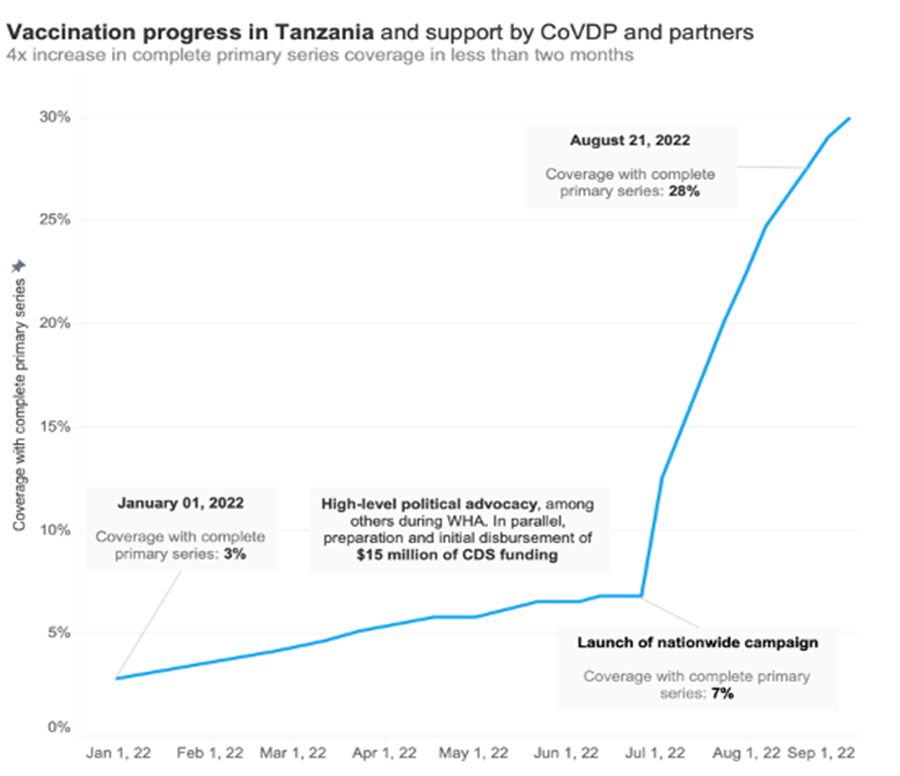
2. Closing the vaccine equity gap: Lower-income countries continue to make steady progress, and there is reason to be cautiously optimistic that health systems are on the road to recovery
Since the last edition of “5 things to know about COVAX” published at the end of August, COVID-19 coverage in lower-income countries has continued to improve, thanks to the consistent efforts of governments, COVAX, and partners.
On average, 51% of the population in 92 AMC countries have now received a primary series (two doses) of COVID-19 vaccine, compared to the global average of 63%. More and more of those at highest risk, such as healthcare workers and the elderly, are being protected. Primary series coverage among healthcare workers in AMC countries is currently at 76%, and coverage in older adults is at 64%. At the same time, there are signs that health systems are beginning to battle back from the strains placed on them by the pandemic. New analysis of early 2022 data shows that routine immunisation rates are starting to increase in the lower-income Gavi-supported countries surveyed.
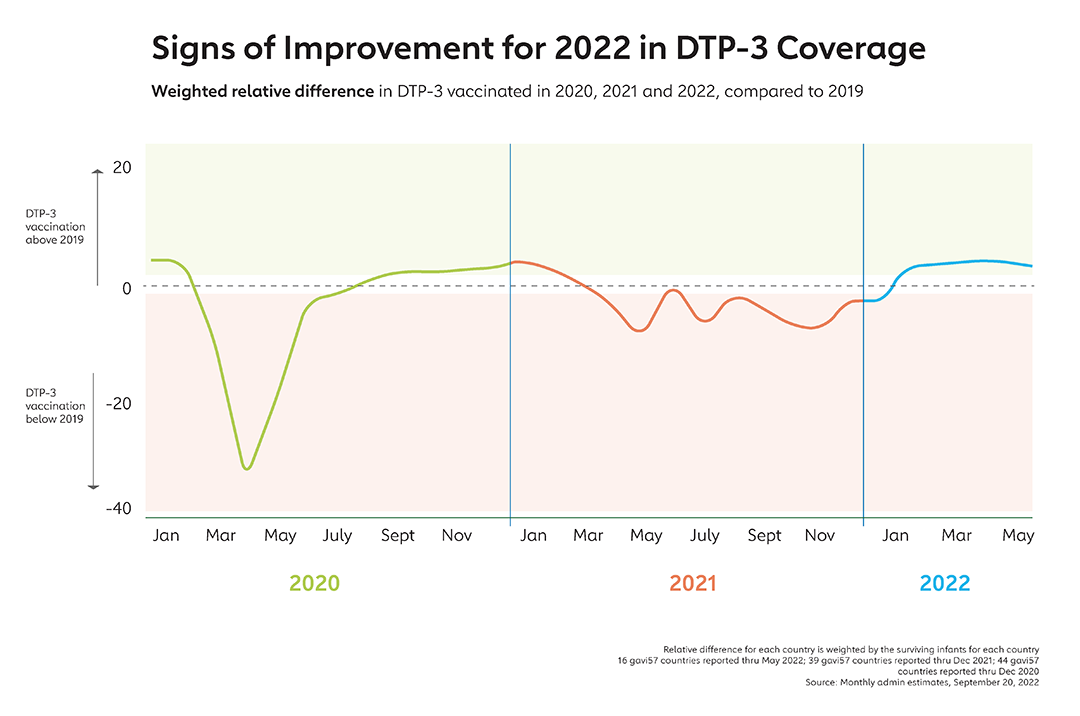
3. COVAX’s allocation system is 100% responsive to country demand
Countries can now request and receive doses quickly whenever they need them.
In the beginning, with constrained supply, COVAX focused on urgently sending every country doses to ensure there was equitable access and that they could vaccinate the most vulnerable populations, including frontline workers. With significant progress made on that front – including high rates of coverage among healthcare workers and the elderly – COVAX switched to allocating doses based on each country’s demand and long-term plans. With supply now plentiful and predictable, it has once again adapted its model – recognising that countries needs are still constantly changing.
COVAX participants can now request – and be rapidly allocated – doses at any time. So far COVAX has been able to make doses available for 100% of the country requests received through this “rolling allocation” process.
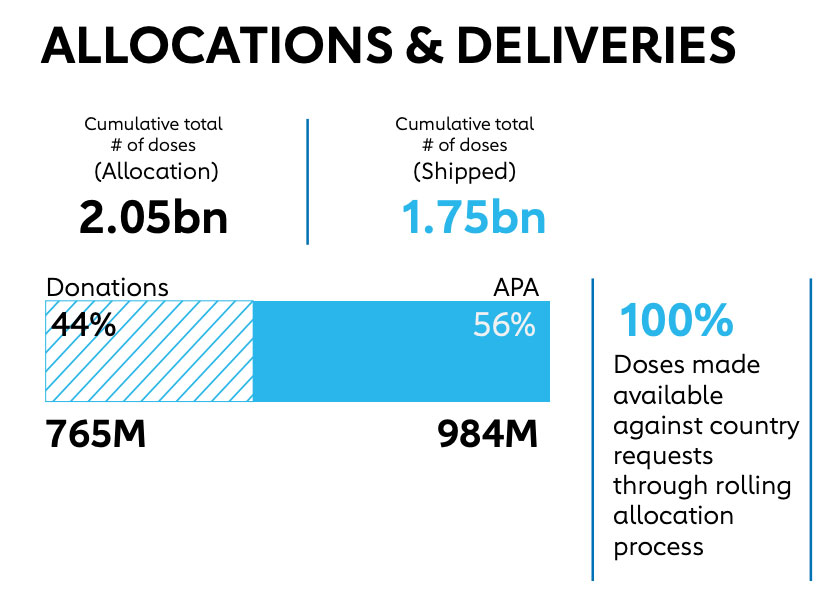
Have you read?
4. COVAX funding is helping to amplify civil society’s critical role in COVID-19 delivery efforts
A common thread across the 25 low-coverage countries that have made significant progress since the beginning of the year is the power and impact of governments’ support to community-led innovations. This community engagement, led by civil society, has been critical to increasing awareness and vaccine demand.
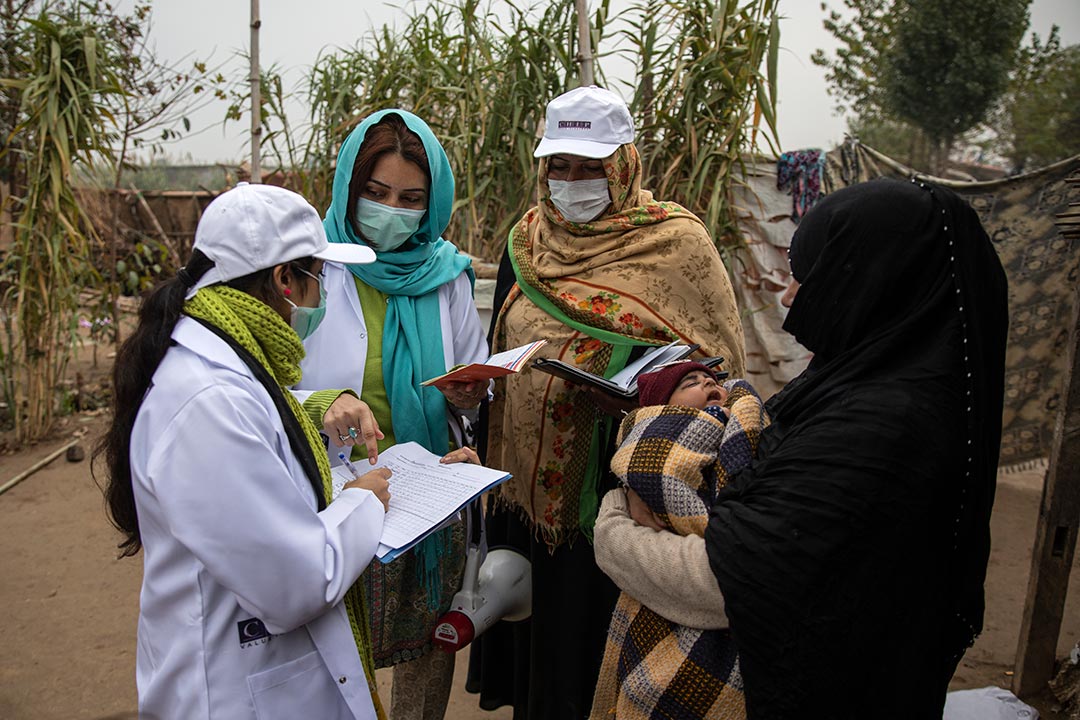
Credit: Gavi/Pakistan/Asad Zaidi
Through the COVAX COVID-19 Delivery Support funding, Gavi has made nearly US$ 1 billion available to help turn vaccines into vaccinations across 92 lower-income countries. The latest round of this funding deepens its focus on the central role of civil society organisations and community engagement in increasing demand and awareness of vaccines.
Most global funding for COVID-19 delivery is directed at governments and while guidance and encouragement are provided to governments to involve CSOs in their vaccination plans, Gavi has made an additional US$ 25 million available directly to CSOs to support COVID-19 vaccine delivery specifically in the 34 countries furthest behind.
5. COVAX is impacting how countries and partners respond to outbreaks – and prepare for the next pandemic
The pandemic is not over. As the world gradually moves out of a heightened emergency response situation, this means staying vigilant to changes in the COVID-19 situation and other emerging threats. We are also looking at how the pandemic experience can apply to other areas – and help us prepare better for future threats.
This work is already underway. Learnings from COVAX and COVID-19 are helping to fast-track responses to measles and the most recent Ebola outbreak in Uganda. The investments made by COVAX during the pandemic mean lower-income countries now have the capacity to store more doses than ever before, including vaccines that need to be kept at “ultra-cold” temperatures. Countries have improved vaccine management and data systems. Health care workers have more training in emergency response, and a better idea of the incredible planning, processes and resources involved.
The pandemic has also underscored the importance of resilient health systems. To protect more people – and quickly detect and contain outbreaks – health and immunisation programmes must get better at reaching “zero-dose” children and the communities that they consistently missed. This is the main reason Gavi has launched its new Zero Dose Immunization Program (ZIP), working with NGOs to reach millions of missed and marginalised children across several conflict-affected and fragile countries.
With over one million COVID-19 deaths in 2022 and as new variants continue to emerge, the pandemic is far from over. COVAX remains committed to supporting lower-income countries’ needs now, while preparing for future scenarios.
More from Derrick Sim
Recommended for you


